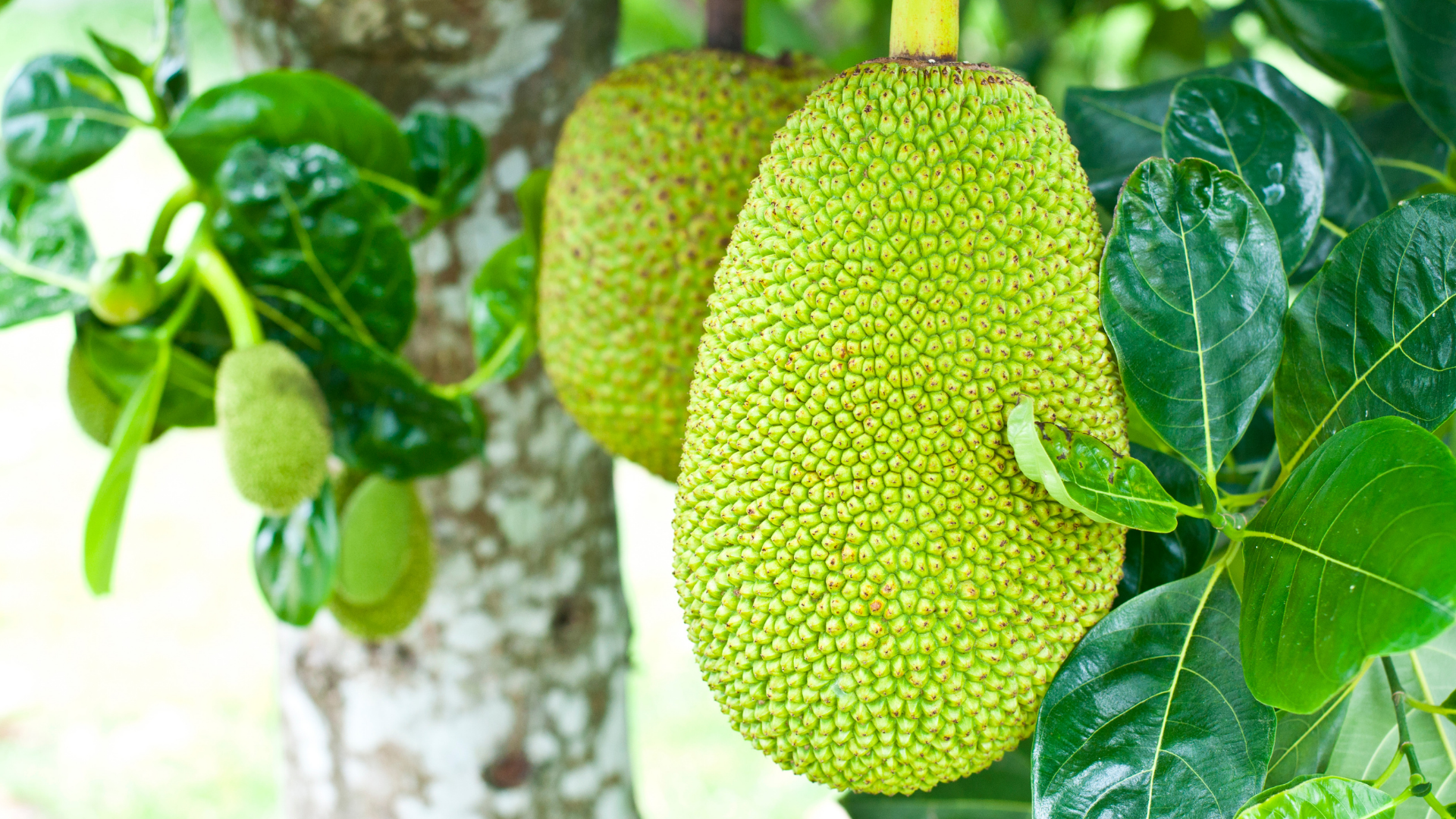
Green jackfruit flour improves blood sugar control in people with type 2 diabetes, a new randomised control trial suggests.
Partially replacing rice or wheat flour with green jackfruit flour led to significantly lower fasting blood glucose (FBG), postprandial [after food] blood glucose (PBG), and glycated haemoglobin (HbA1c) levels in people with type 2 diabetes.
The study, “Efficacy of green jackfruit flour as a medical nutrition therapy replacing rice or wheat in patients with type 2 diabetes mellitus: a randomised, double-blind, placebo-controlled study,” was published in Nutrition and Diabetes.
Type 2 diabetes (T2D) – a condition that causes excessively high blood sugar levels – occurs when the pancreas stops working or producing sufficient insulin. Without appropriate treatment or management, persistently high sugar levels can damage several organs, including the eyes, heart, and kidneys.
Diet is a vital part of T2D management strategy. Healthcare professionals recommend eating a healthy, balanced diet containing different fruits, vegetables, whole grains, starchy carbohydrates, protein foods (meat, fish, poultry, legumes) and low-fat dairy products.
In addition, “the American Diabetic Association 2019 recommends that patients with T2D should consume a lower number of calories and carbohydrates and a higher amount of dietary fibres to improve glycaemic control.”
Evidence also suggests that a high fibre diet with lower calories may “reduce HbA1c in patients with T2D.”
Part of the mulberry family, jackfruit is an exotic fruit that grows in tropical regions such as India and the Caribbean. It is rich in dietary fibre, carbohydrates, vitamins, minerals, and several phytochemicals – biologically active compounds found in plants – such as proanthocyanidins and flavonoids.
Jackfruit is either eaten green or unripe as a vegetable or as sweet, ripe fruit.
Previous studies cell culture and rodent studies of jackfruit show it has antidiabetic effects. Since no randomised controlled trials have been conducted, a team of researchers in India sought to investigate the impact of green jackfruit flour on blood sugar control in people with T2D.

A total of 40 Indian participants diagnosed withT2D and receiving glucose-stabilising medication were randomly allocated to two groups to receive either 30g of green jackfruit or placebo flour for 12 weeks. Either flour replaced rice or wheat flour at participants’ breakfast or dinner. After 12 weeks, the researchers assessed participants’ HbA1c, FBG, PBG, weight and cholesterol levels.
The mean age of participants in the study was 46 years. 62.5% were men and 37.5% women. After 12 weeks, participants eating green jackfruit flour reduced their HbA1c levels by 0.25%, while participants eating placebo increased their HbA1c by 0.02%.
Participants eating green jackfruit flour achieved significantly greater FPG reduction than the placebo group, 20.5% vs. 10.9%, respectively. A similar pattern was observed with PBG, with the jackfruit group achieving significantly greater reductions than the placebo group, 18.3% vs. 4.3%, respectively.
“The key findings suggest that replacing an equal volume of rice or wheat flour in daily meals with jackfruit flour is significantly effective at lowering the plasma (blood) glucose level in patients with T2D,” the researchers wrote.
The clinical profile and pattern of diabetes in the Indian population is different from Western populations. South Asians have a higher risk of diabetes at low body mass index (BMI), so dietary interventions must normalise blood sugar levels without causing weight loss.
As the researchers hoped, the participant’s weight remained unchanged after the study, suggesting that “jackfruit flour can be useful in such a population with diabetes for improving glycaemic control without weight loss.”
Study limitations the researchers highlighted included the small sample size, short study duration, lower HbA1c exclusion criteria to avoid hypoglycaemia (low blood sugar), and the study being conducted at a single centre.
“A multicentric, multi-country powered study with a larger population, for longer duration, and higher HbA1c may be needed to further confirm the clinical significance and generalise these outcomes to a wider population,” they concluded.

